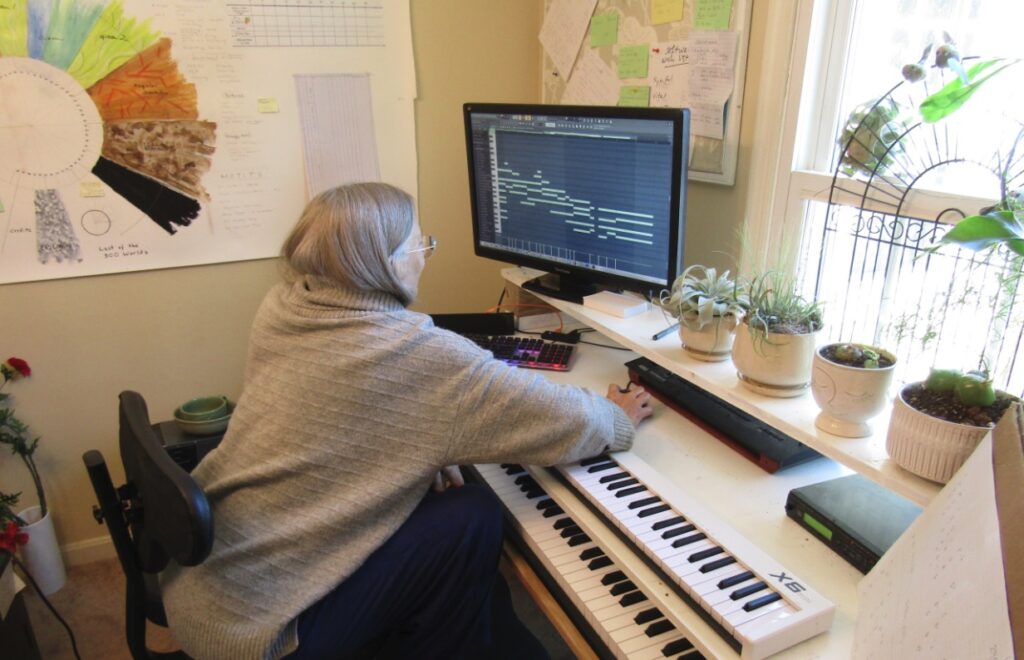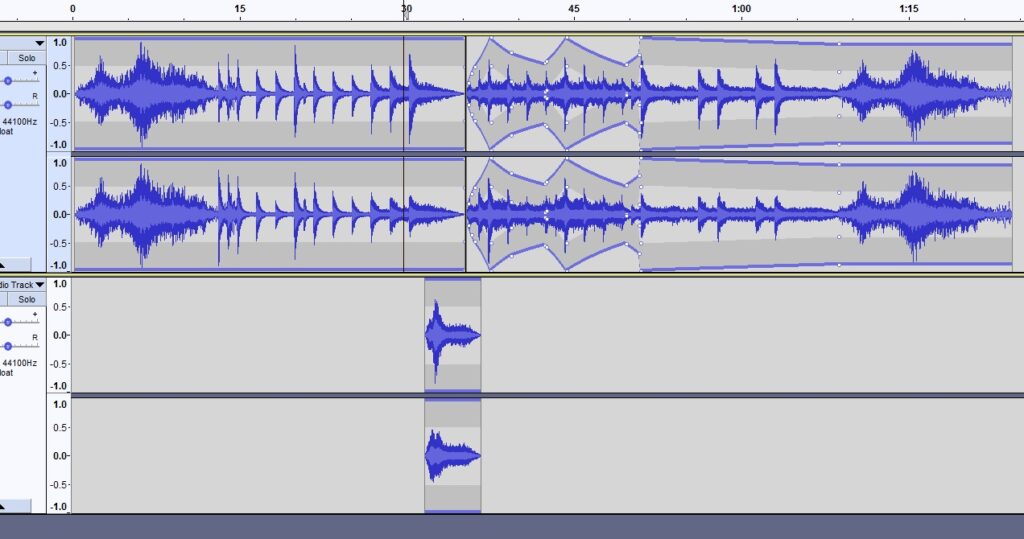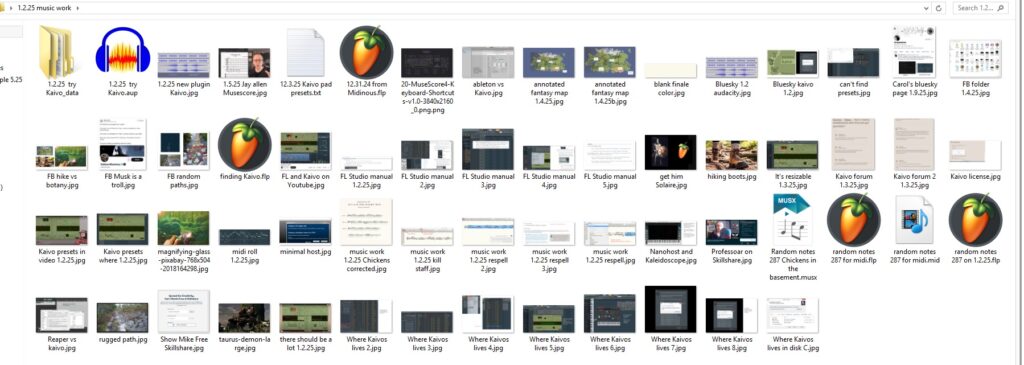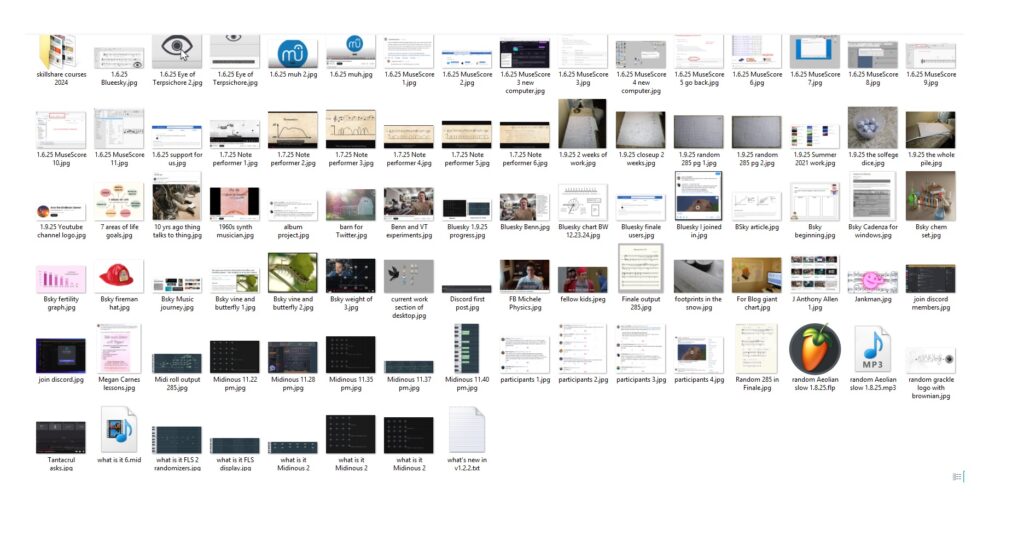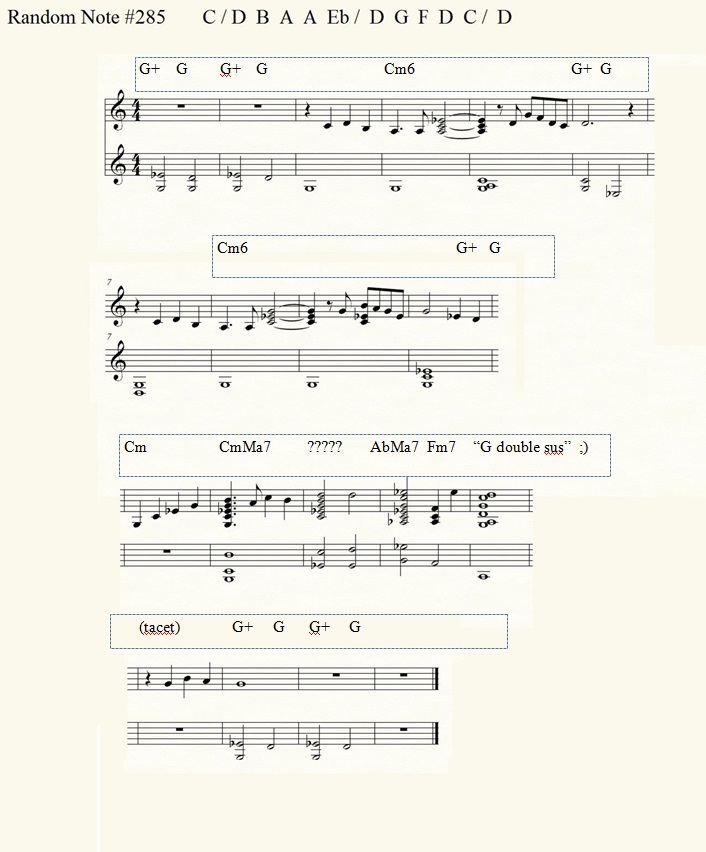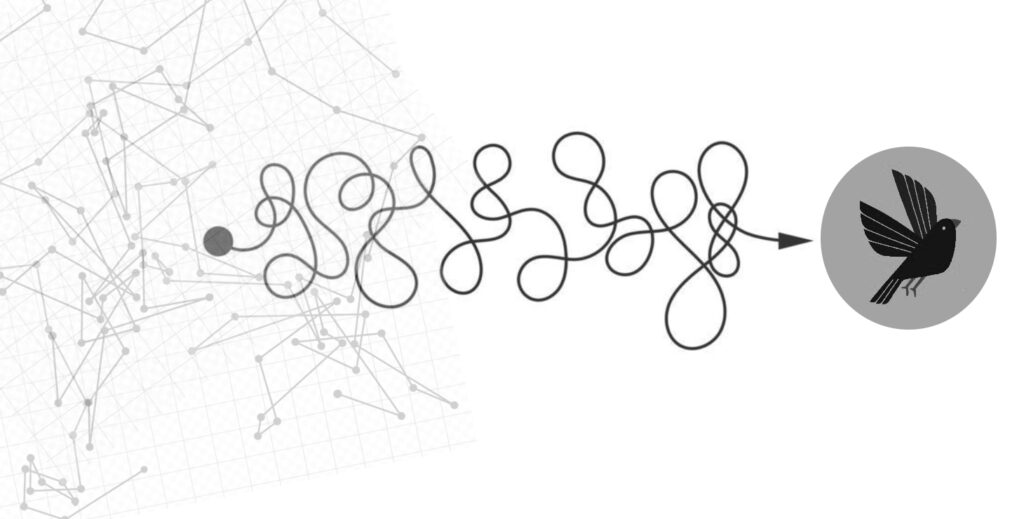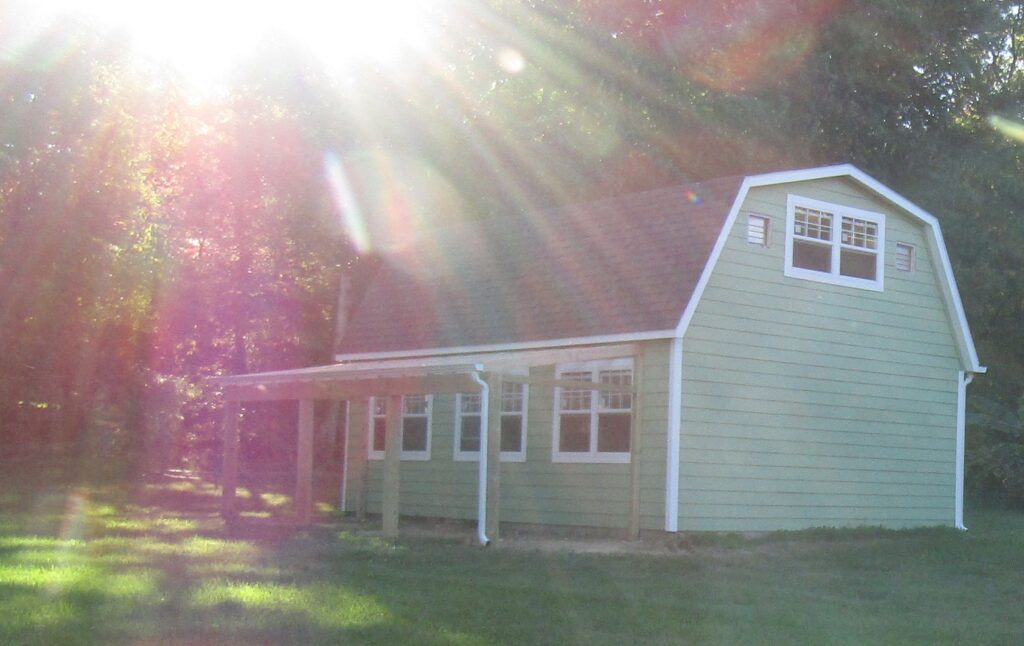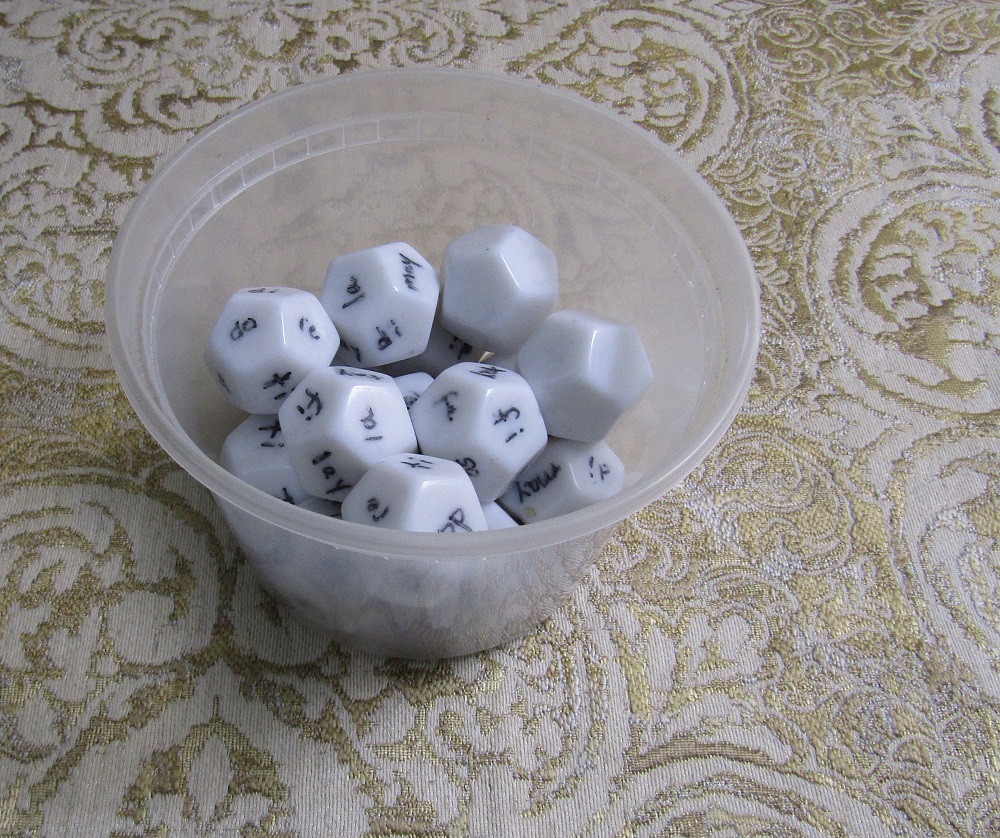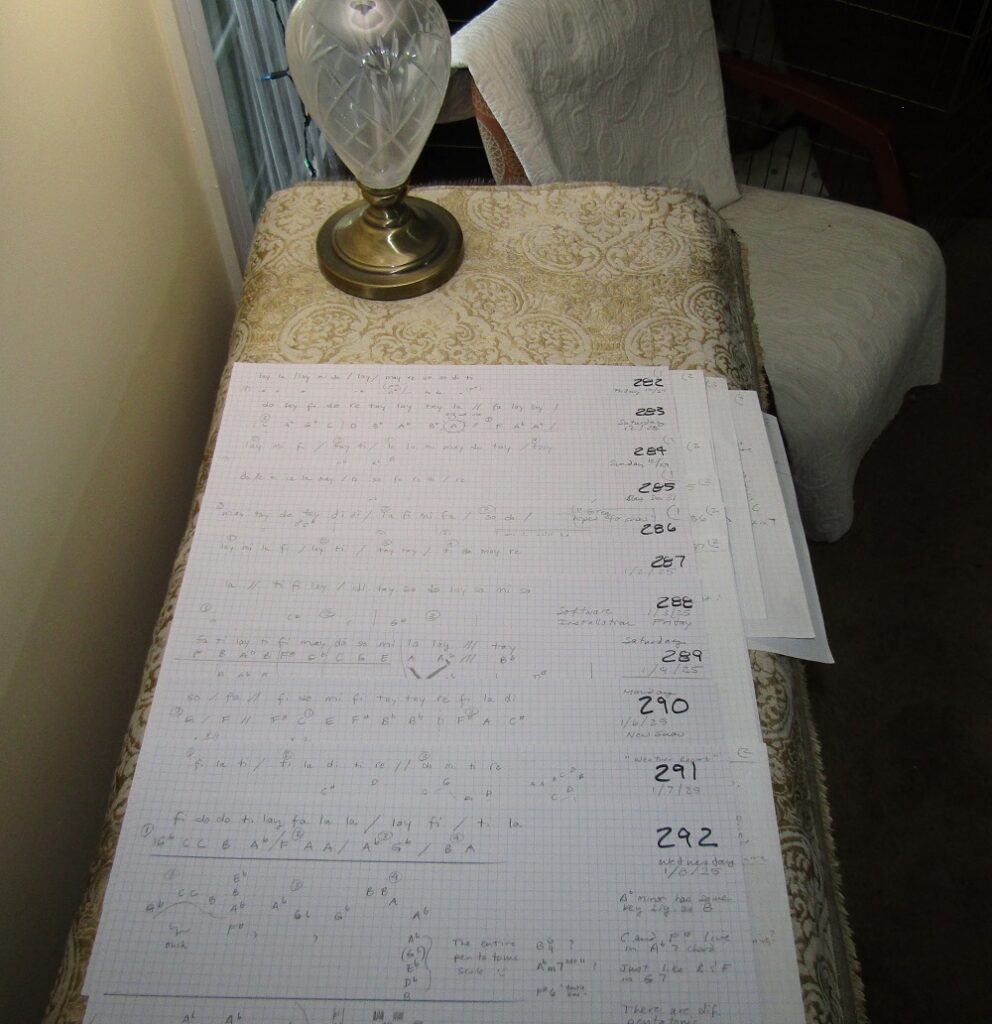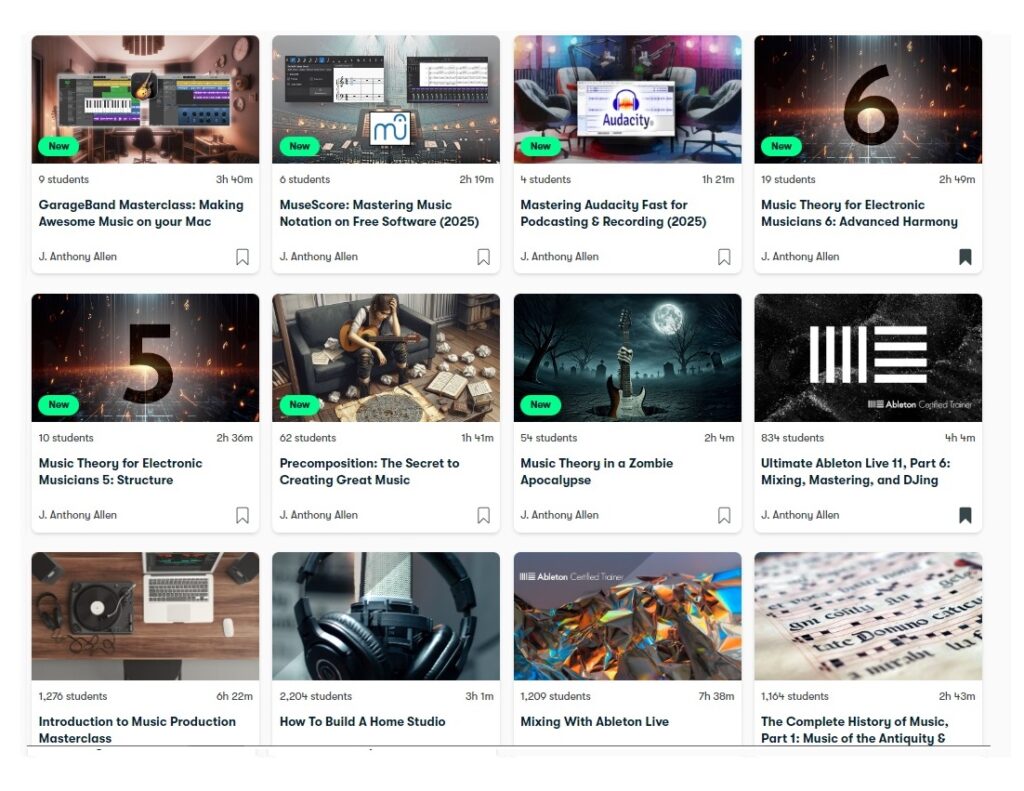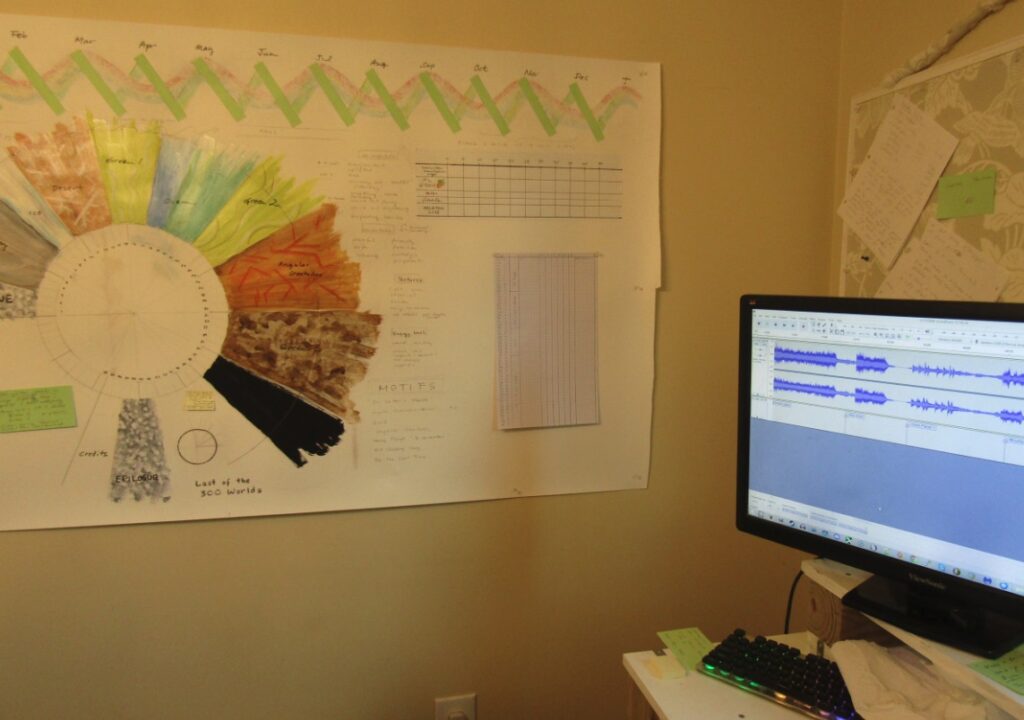I thought it might be nice to scratch some notes down here so that my write-up will be easier next time.
Today’s random note composition was # 296. There were some odd bits and then a nice 5 note phrase. I figured out that it was in Ab minor. After that I had a really hard time trying to understand what the palette of diatonic chords was. Seeing E and B and having to call them Fb and Cb was really confusing.
I re-spelled it as G# minor instead of Ab minor, but was still stuck.
Then I transposed the whole thing up a half step but by that point that just sounded wrong! And I was more than an hour deep. So I scribbled something down and called it a morning. I visualize the piano lab at the community college and picture the prof shooing us out after 90 min. “Just write it down and go to your next class”
I feel embarrassed / ashamed that a key signature with a lot of accidentals is such a road block. I remember telling my piano prof. that for me it’s like the circle of 5ths was on an island with the key of C up top in the sunshine and as you add more sharps / flats you go into increasingly deep water until finally you’re in the sunless depths with Cthulhu. She snorted at me. I guess for her it’s like using the entire alphabet — no reason to be afraid of the letters W X Y and Z?
I hate trying to read music with sharps and flats, but I have to admit the physical sensation of grabbing a cluster of black keys is very cool. I like the sound of playing all 5 of them at once.
What Scale Has All Black Keys? Exploring the Mysteries of the Pentatonic Scale
The black keys on a piano correspond to the notes of the G-flat major pentatonic scale or the E-flat minor pentatonic scale. These scales are derived from the G-flat major and E-flat minor scales, respectively, by removing the fourth and seventh degrees of the scale.
I’m going to guess that there are other flavors of pentatonic scales depending on what note is “home”.
Random observation — it’s 4:30 pm; I really want to build some sort of daily routine. Right now I’m wide awake, creative, want to keep going — but it’s time to put on my other hat. I’m trying to get out of my office / off the desktop computer by sunset. It seems like if I’m still working in my office by 7, it gives me brain spins and next thing I know it’s 4 am.
As of today I did my random note composition, made some observations here, checked in with the Discord peeps (asked how “real musicians” feel about the bottom half of the circle of 5ths!), and sent an email to a friend. I read my emails of the day. I had coffee and a salad. Time to say goodbye to desk work and shift focus.

